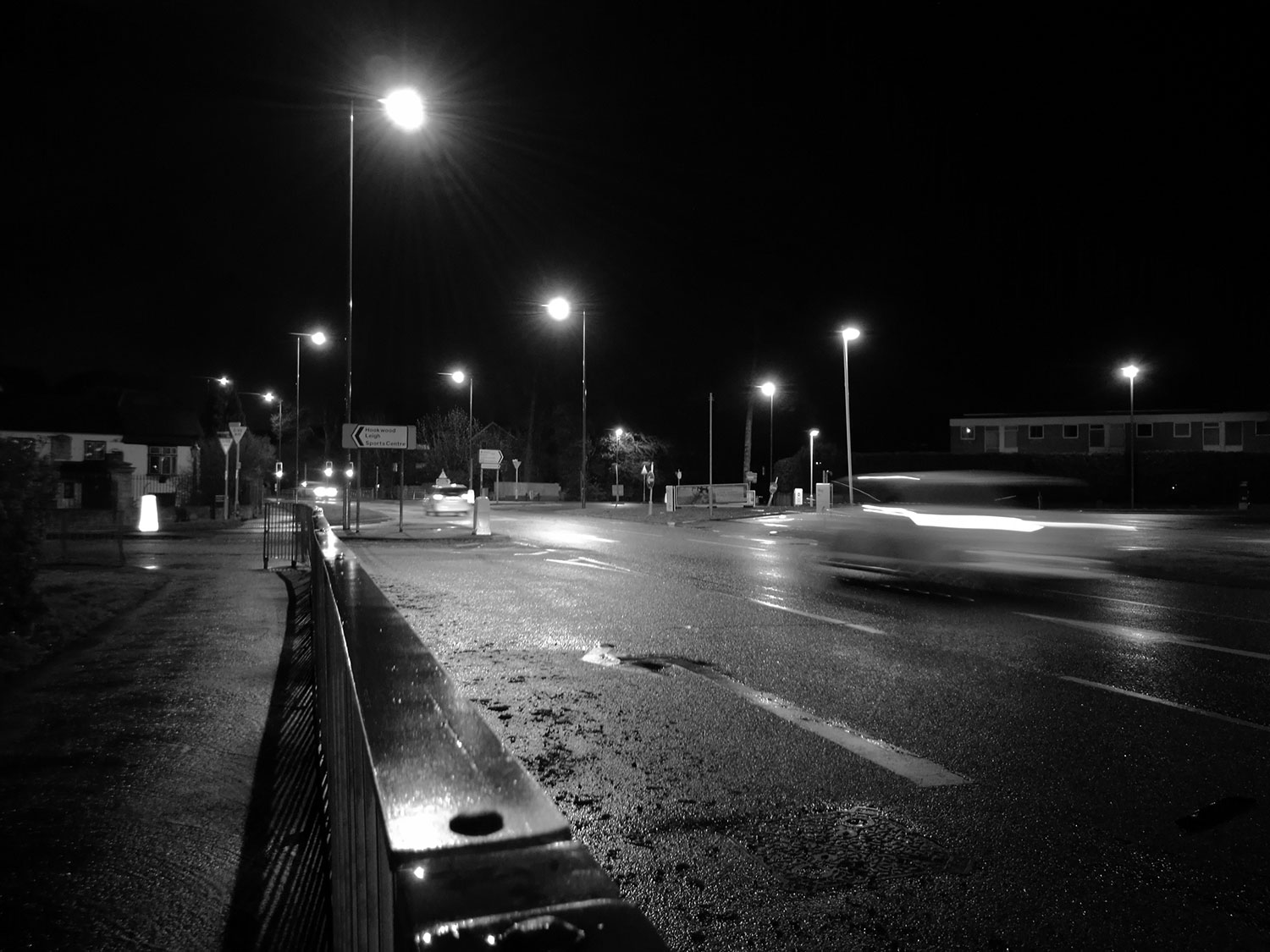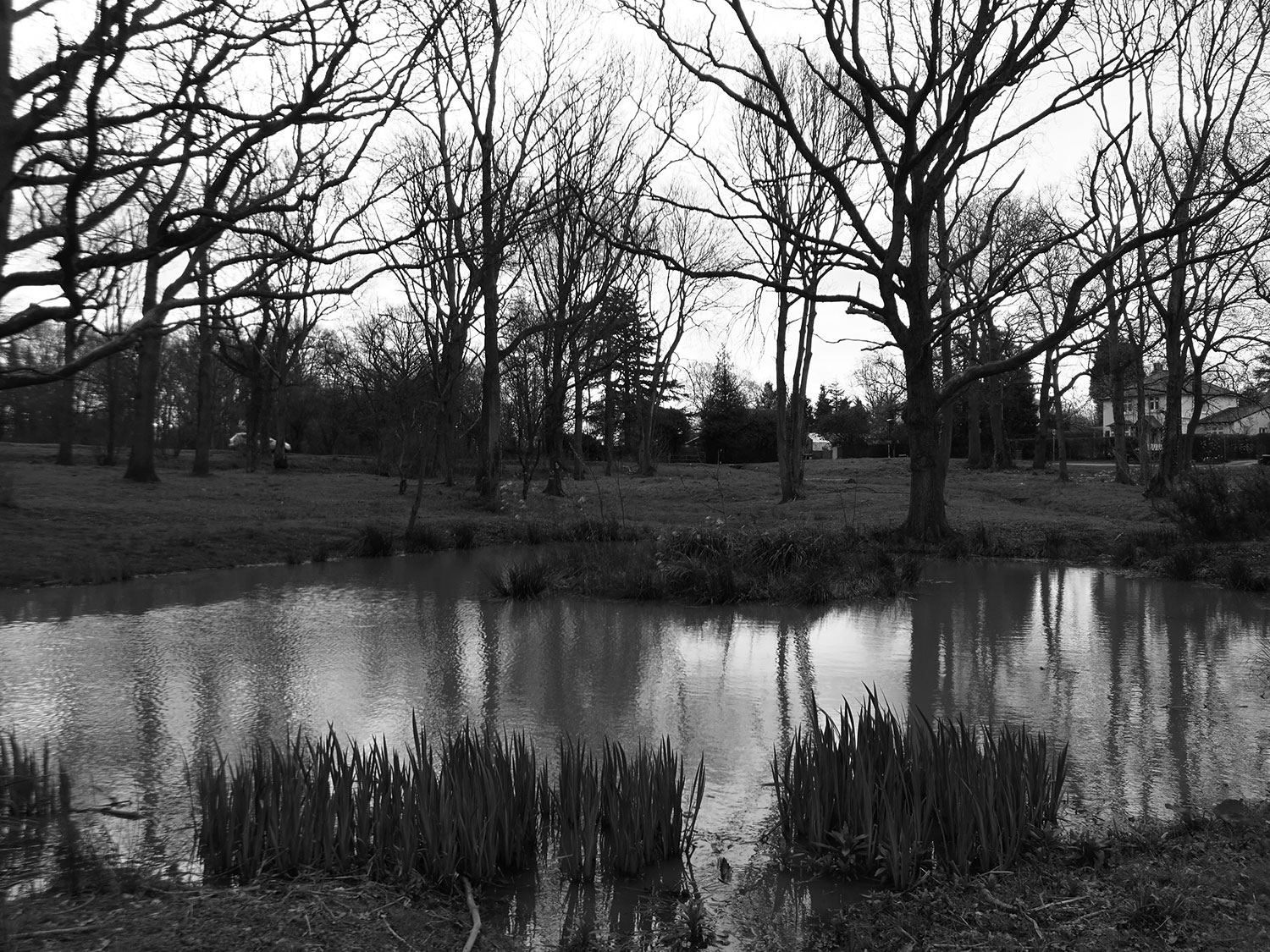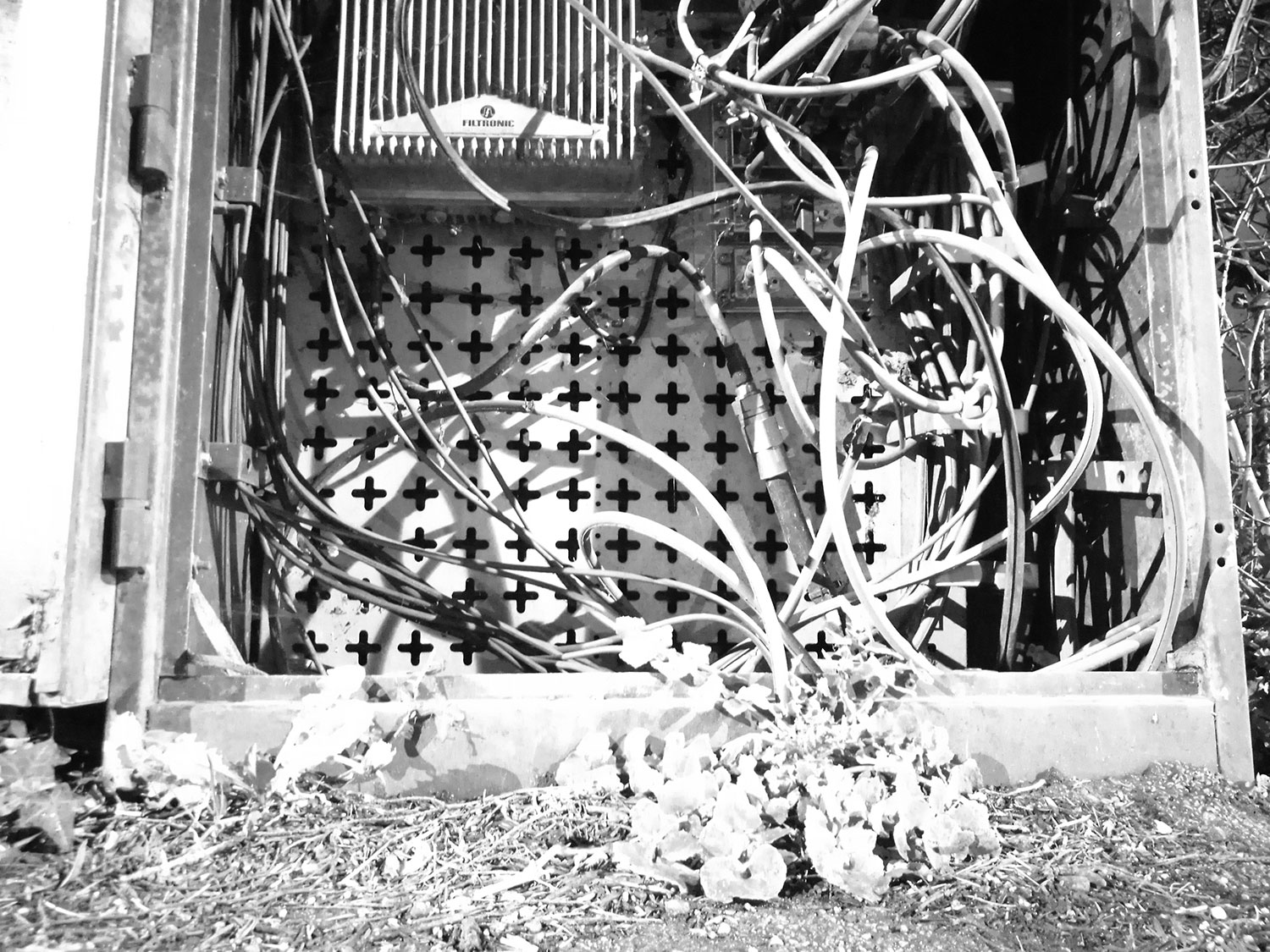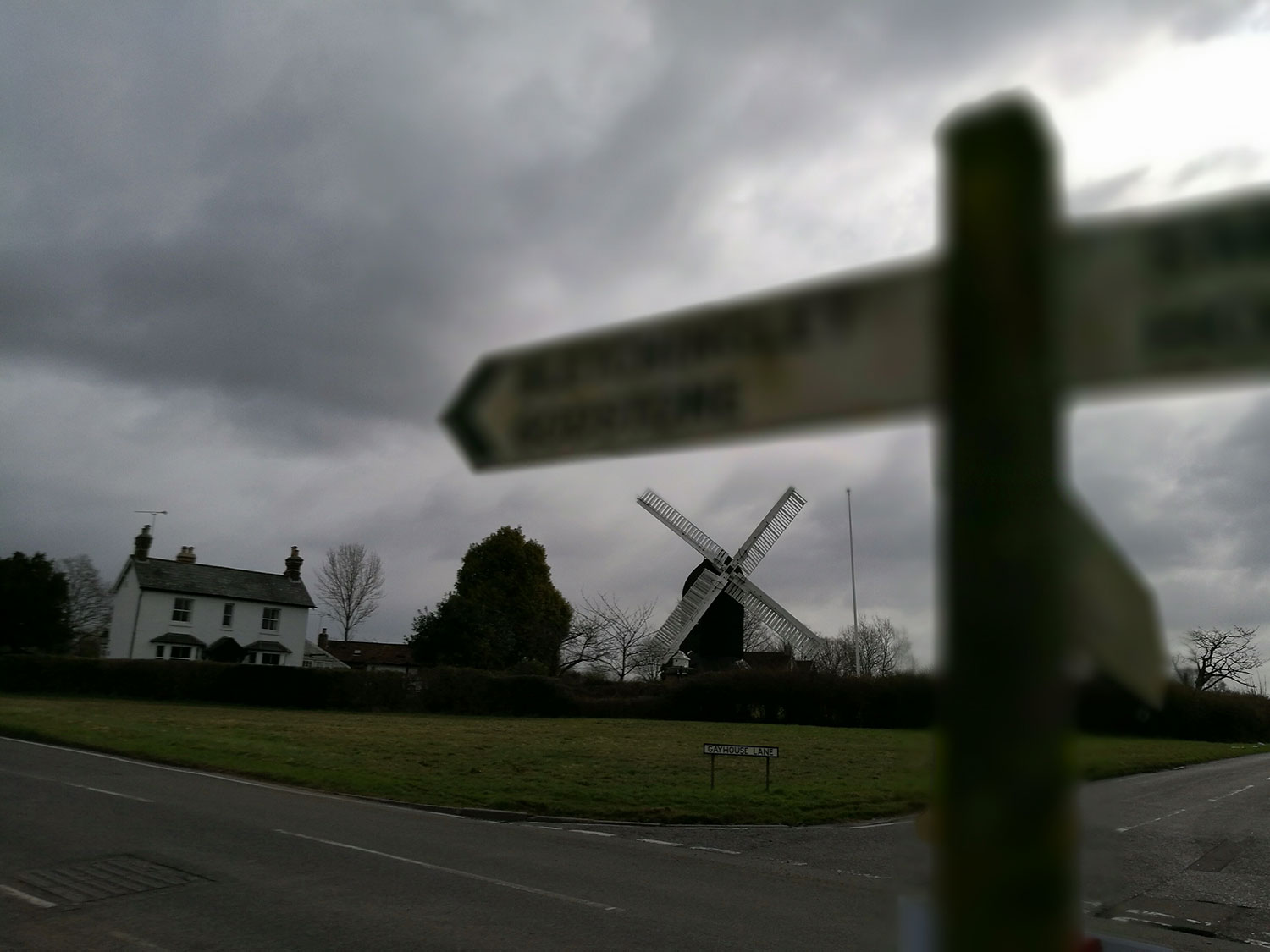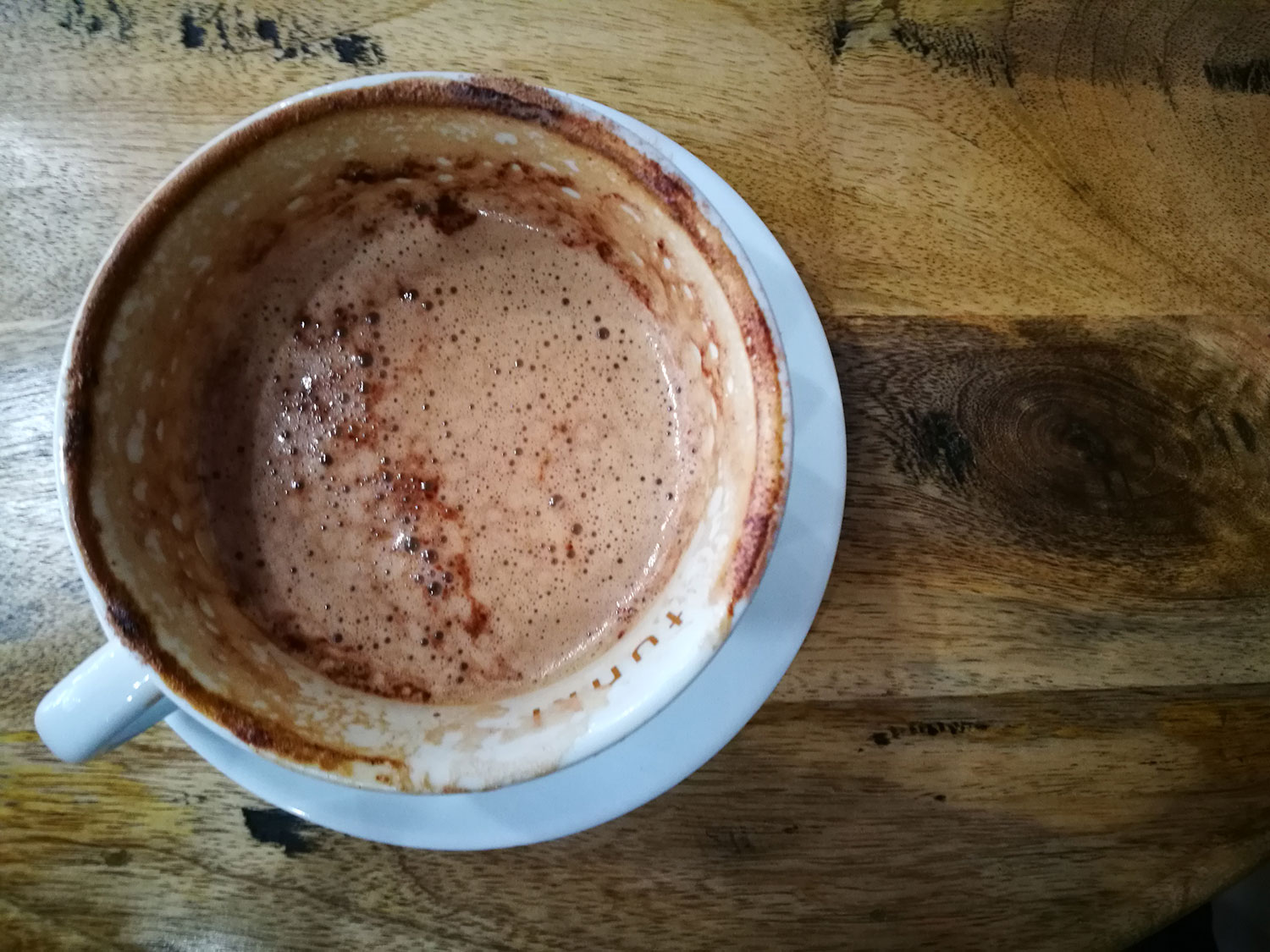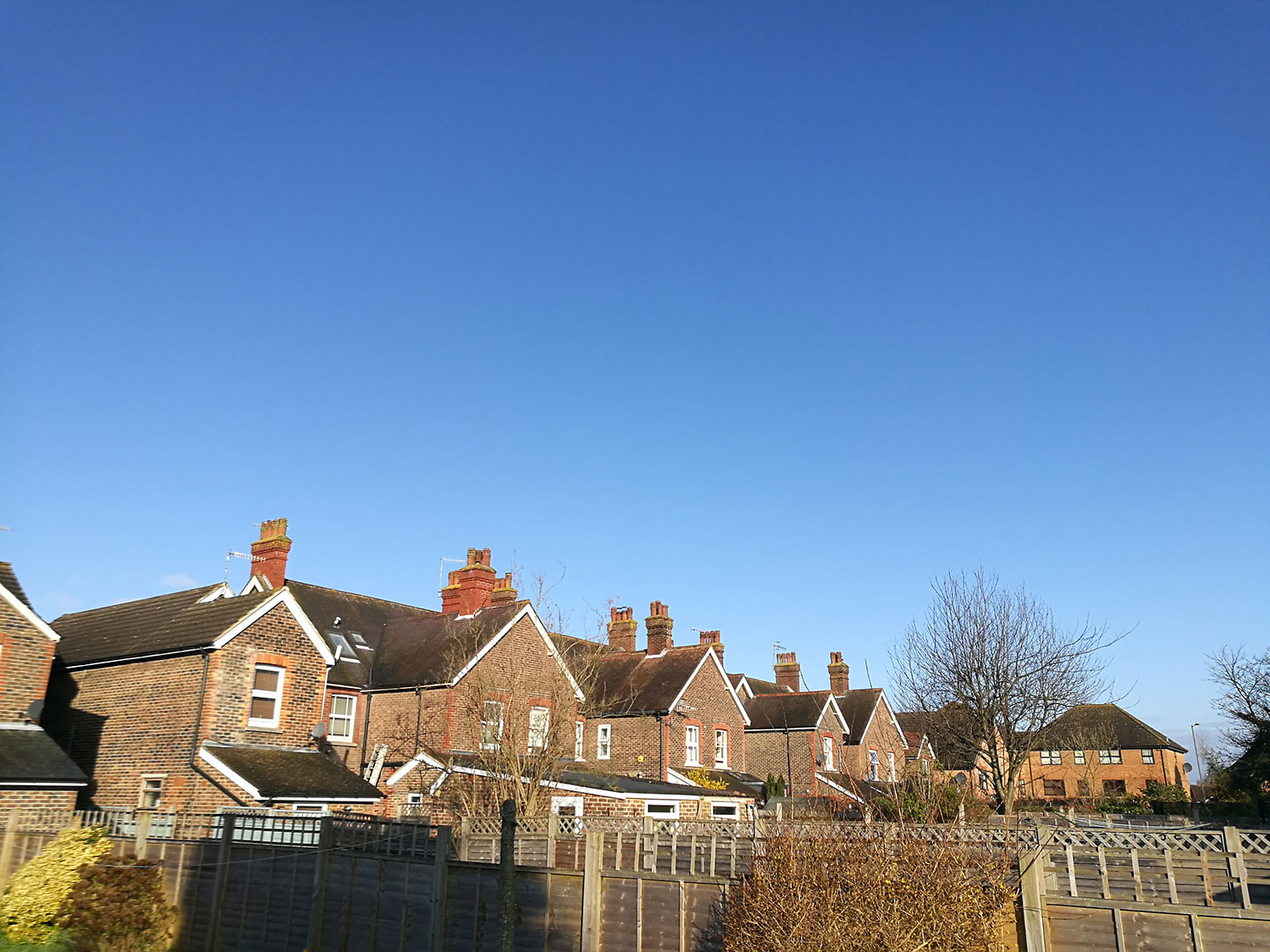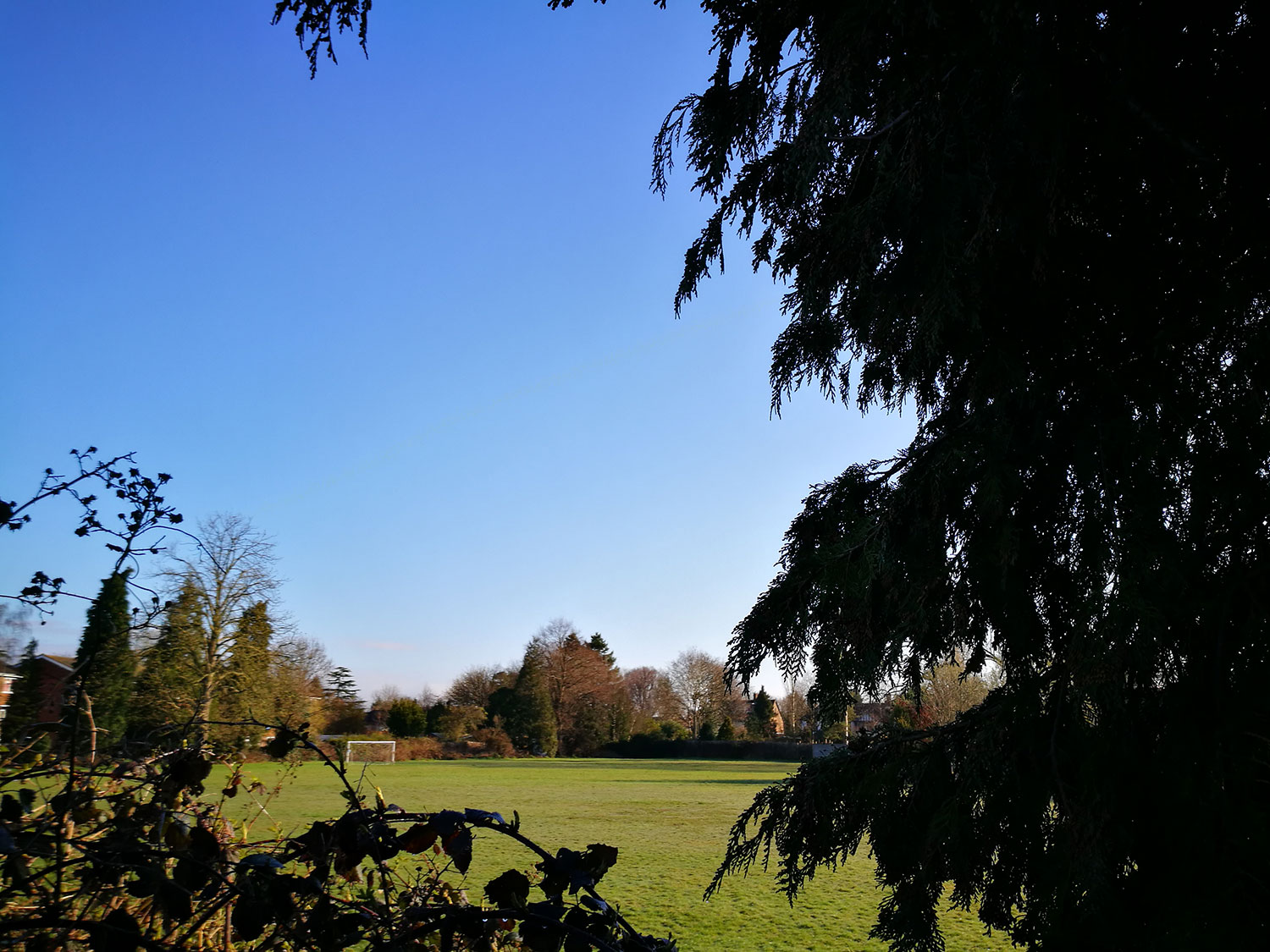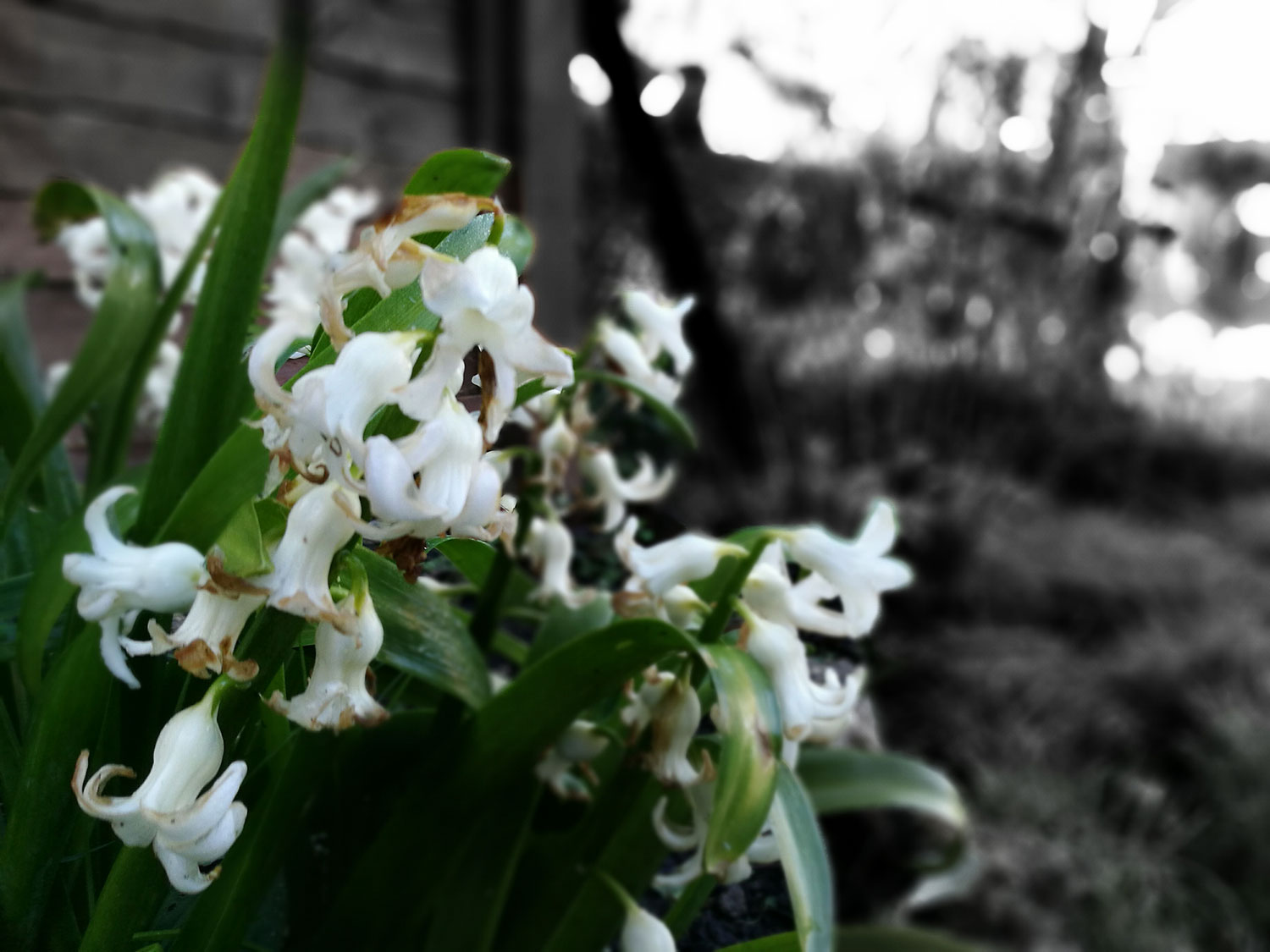- Amazing camera
- Beautiful design
- Compact metal frame
- Strong battery life
- High performance processor
- Smooth software
- Quite slippery
- Some UI niggles
- No software update to EMUI 5.0
When we published our Huawei P9 review in April 2016, we quoted Huawei, which claimed it was going to change smartphone photography forever with the new device. It was a serious claim, but due to the dual-lens camera co-engineered by photography experts Leica, we’d say it was pretty accurate in its prediction. It paved the way for the iPhone 7 Plus, and then a host of other dual-lens phones, up to and including the OnePlus 5. Huawei took its partnership with Leica to a level beyond many we’ve seen before, with the two companies working closely together to build the P9’s cameras and the app experience.
Huawei’s P flagship line has always focused on pushing the boundaries of smartphone design, and the P9 continues that tradition with its stunning looks. Plus, Huawei has rigidly stuck with a 1080p resolution — which it says is a sweet spot for image quality and power efficiently — and a processor of its own design. None of these decisions would be considered safe choices.
Huawei faced a daunting task at launch, taking on the superb Samsung Galaxy S7 and innovative LG G5 at the time. Today, it has lost the uniqueness offered by the dual-lens camera, and faces a substantial challenge from not only the Huawei P10, but the OnePlus 5, the iPhone 7 Plus, and numerous devices from Chinese manufacturers like Xiaomi. We’ve returned to the P9 more than a year after it launched, to see how it does against the newcomers.
Sleek
Huawei has been making great looking phones for a while, and the company doesn’t always get the recognition it deserves. That should change with the P9, because it’s a jaw-dropping beauty. This is a phone that needs to be seen, handled, and admired. Take a good look at the back of the P9, notice anything? That’s right, those two camera lenses are flush with the body. No hump, bump, or bulge. The all-metal P9 is very sleek indeed.
The camera lenses are contained in a Nexus 6P-like panel made of glass, that covers a subtly lined sheet underneath. This motif continues around the front, where a piece of glass covers the 5.2-inch screen and unfeasibly thin bezels, gently rounding at the edges. Don’t fret about the 1080p resolution, either, you’ll not notice the difference between it a 1,440p screen under normal circumstances, plus it’s another factor in the lengthening the battery life.
The P9 is compact, comfortable to hold, and it’s a visual masterpiece. The P8 was pretty, but this phone is stunning. Unless you opt for the dazzling blue version of the P10, we’d say it’s equally, if not more, visually appealing than the device that replaced it.
For some, the P9 is going to feel a bit small. Huawei’s solution is the P9 Plus. Yes, Huawei dropped the previously used Max name in favor of Plus, no doubt influenced by Apple’s decision to use the name. The P9 Plus has a 5.5-inch screen with force touch technology (which only works in a selection of native apps), a slightly bigger battery, and the same camera setup. Surprisingly, the P9 Plus’s body isn’t much larger than the regular P9, but it’s got a screen that’s big enough to keep those of us used to larger displays happy.
Powerful
The P9 is an impressive and powerful phone. Huawei doesn’t use the same Qualcomm Snapdragon processor that LG and Samsung use in their phones. The Chinese company relies on its own Kirin 955 processor. General use, music, streaming video, and messing around with the camera didn’t phase the processor at all, and playing a selection of games showed it’s powerful enough to keep pace with Qualcomm chips. There’s 3GB of RAM, which is slightly less than we’d expect these days. The lower amount of RAM did initially cause concern, but our tests didn’t reveal any weaknesses. The frantic shooter Danmaku Unlimited usually exposes performance issues, but there was no slowdown on hard mode with HD graphics activated.
This year, the P9 is ready to take on the LG G5 and Samsung’s Galaxy S7.
We tested it with a few benchmarks, in case you’re curious. Huawei’s P9 scored 98,261 on the Antutu benchmark. In comparison, the Galaxy S7 Edge scored 134,704, the LG G5 hit 133,054, the Nexus 6P got 60,007, and the Moto X Style managed 53,692. The P9 ranks lower than the Galaxy S7 and LG G5 in this benchmark, but it’s still leagues above the Nexus 6P or the Moto X Style. In 2017, the Kirin 960 processor powered the Mate 9 and P10, which scored 132,922 and 142,884 on AnTuTu respectively.
The Kirin 955 has a co-processor that drives a fitness-tracking mode, and step count appears on the lock screen and in the notification shade. Huawei’s Health app is relatively basic, but does provide a step goal and the chance to track specific activities such as cycling, walking, and running.
On the rear of the phone is a square fingerprint sensor, which is an evolution of the sensor used on the Mate 8. This time, it offers a new layer of security. It’s very fast, and rarely misread our print, but even though it’s better with damp digits than the iPhone 6S, it still won’t react if there’s more than just a hint of moisture on your finger. The speed of the sensor makes up for the moisture problem, and the P9 goes from black lock screen to home screen in the blink of an eye. The reaction time is very, very fast.
EmotionUI and software updates
When the P9 launched, it ran Android 6.0 with Huawei’s EMUI 4.1 user interface over the top. Now, more than a year down the line, it still has Android 6.0, but EMUI has been updated to version 4.1.1. Huawei has been promising an update to Android 7.0 Nougat and the vastly improved EMUI 5.0; but as of July 2017, it hasn’t arrived on our phone in the U.K. The Android security version is also out of date, not having been changed since September 2016.
This is a great shame. Huawei’s EMUI 5.0 is considerably faster, easier to use, more functional, and better to look at than EMUI 4.1. The P9 would benefit greatly from it. Knowing now what Huawei has done with EMUI changes our opinion of EMUI 4.1 a little. It’s still fast, with an interface that was better than even older versions; but it’s still messy, long-winded, and not as fluid as it should be.
It’s not stock Android, there are too many pre-installed (but easily deletable) demos, and there’s no app drawer. However, we do like the enhanced notifications when you pull down the shade at the top of the phone. There, you can interact with notifications without having to jump into an app. You can also choose different themes if you want to personalize your phone even more.
We’ve long known the main downside to having a unique user interface is that it slows down updates, and this proves it absolutely. Although Samsung, LG, HTC, and others aren’t any better about issuing timely updates, Huawei’s skin will ensure updates to the P9 aren’t nearly as quick to arrive, as they would be on a Nexus or Pixel device. Software updates are important because they often serve to close security holes and protect your smartphone from dangerous malware and other exploits like Stagefright and Heartbleed. It’s a shame that Android manufacturers don’t take updates as seriously as they should.
Leica’s camera tech is a winner
Huawei isn’t the only one with plenty invested in the P9’s success. Leica didn’t just pop its name on the back of the phone and put a few filters in the camera app. The famous camera maker is deeply involved in the creation, engineering, and tuning of the P9’s dual-camera setup. How deep does Leica’s involvement go? Open the camera interface on the P9, and the icons, fonts, and even the shutter sound are all from Leica. It may not sound like much, but that’s a confident move. Leica wants camera aficionados to feel right at home using the P9.
The monochrome lens is a revelation, producing deep, true blacks and stark, beautifully sharp whites and greys.
Both six-lens, wide-angle cameras on the back of the phone were co-developed with Leica, and Sony makes the 12-megapixel camera sensors. One camera shoots in color, and the other captures detail in monochrome (black and white). Meanwhile, the wide-angle lenses provide post-shot depth-of-field adjustment.
Huawei proved it could make a good camera with the Huawei P8, but Leica’s technology elevates the camera quality on the P9. In 2015, the P8’s camera wasn’t as good as the one on the LG G4 or the LG V10; but in 2016, the P9 was ready to take on the LG G5 and Samsung’s Galaxy S7. What’s interesting is that in 2017, the P9’s camera still has the ability to take some stunning shots, showing just how right Huawei got the phone’s camera.
Let’s start with the camera interface on the P9. It’s much easier to use than the camera app on older Huawei phones like the Mate 8. Every feature is accessible, but the interface isn’t cluttered, either. Swipe right, and a selection of modes appear, ranging from HDR and video, to time-lapse and night shot settings. Swipe left, and less often used features come up, such as a timer, camera grid settings, and GPS tagging.
The manual mode, called Pro, appears when you drag up a small menu on the main screen. When it’s hidden, the phone is in auto mode. It’s easy, convenient, and intuitive to use the manual mode on the P9. It’s not without fault, though. Annoyingly, the Pro mode menu doesn’t rotate when the phone is in landscape mode, a basic design problem that still hasn’t been rectified a year later.
Huawei repeated, and in some areas, refined the camera experience on the Mate 9 and the P10.
A camera that inspires creativity
We like a camera that encourages us to use it. A smartphone camera should be like a friend who’s always suggesting fun things to do. Although having a simple camera user interface is important, the camera’s performance is even more important. The camera’s hardware, features, and special modes need to produce extraordinary photos, too.
Huawei billed lowlight photography as one of the P9’s strong points, so I put it to the test after the sun went down. It was 10 p.m. before the rain subsided enough to venture out into the night, and a chill wind was blowing hard enough to freeze my fingers. What normally would have been a 10-minute excursion turned into 45 minutes of experimentation. After I went home, I knew I’d end up playing around with the P9’s camera the next night, too. It’s a joy to use this phone’s camera and experiment with its many special features.
Over the top? Perhaps, but this is a Leica camera, and photographers often say that to take great pictures, you should become one with the camera, in the same way drivers need to feel connected to a great car. Shooting in monochrome is an excellent example of how the P9 encourages you to experiment, and opens up a new creative avenue in smartphone photography. The monochrome lens is great, producing deep, true blacks and stark, beautifully sharp whites and greys. Taking photos on a longer exposure at night returned spooky, atmospheric shots. No, a roundabout and a gas station aren’t the ideal subjects, but the potential is obvious. I wanted to find a house that resembled the one in that classic Exorcist movie poster, because I’m sure the P9 could recreate that amazing image.
Pro mode is extensive, with shutter speed, focus, white balance, and ISO adjustments. However, the latter is more effective left on auto, so it can select more points than you can manually. It’s also possible to lock your selections, but this is done with a stupidly tiny button, instead of a long press.
Bokeh
When the dual camera lenses work together, they produce the much sought-after bokeh effect, and you can manipulate the center of focus after the shot has been taken. We’ve seen these effects before, in phones from HTC and ZTE, but Huawei’s bokeh effects are considerably more robust and adjustable. The P9 also produced the best bokeh images we’d seen from a phone when it was released, and it’s still up there with the iPhone 7 Plus and the OnePlus 5 today.
It’s incredibly easy to use the mode, too. Tap a button to activate the bokeh effects, take a photo as usual, and then mess around with the focal point in the gallery afterwards. What makes the P9 stand out is the ability to adjust the amount of blur behind each spot, using a basic slider control. You can also add filters at the end for more cool effects.
Leica added three color modes to the P9 — standard, vivid, and smooth. These modes work like filters, subtly changing the end results. There’s a selection of modes for taking specific photos, including a night mode that leaves the shutter open for 30-seconds, an HDR setting, as well as video modes for slow motion and time-lapse. The light painting mode that Huawei introduced on the P8 makes a reappearance, as well, but it’s only useful in specific circumstances. For the serious photographer, the P9 can shoot in RAW, it offers complex grid patterns for framing and composing shots, and it even boasts an object-tracking mode.
The Huawei P9’s camera is versatile, capable, and fun. Its photographic abilities go way beyond my knowledge and talent. There’s little doubt that experienced photographers will enjoy using the P9. This was the best camera Huawei had ever produced, and it’s up there with the finest we’ve used on any smartphone. Since the P9’s release, it has continued to work with Leica, and has improved the camera even more on the Mate 9 and the P10.
Battery life
The combination of a Kirin chip and Huawei’s Android skin has played havoc with battery life in the past. We’re still too early into using the P9 to judge the battery life completely, but early experiences are good. After a day of intensive use that started at 9 a.m., during which we did most of the test photography, gaming, browsing, and app downloads, the battery had 16 percent remaining at about 11 p.m. Huawei popped a 3,000mAh cell inside the 6.9mm thick phone, and so far, it seems to be paying off.
During a week of using the phone in mid-2017, the battery lasted a day when we used it as our primary device. Shooting a lot of photos, and using the various modes does drain the battery quickly though. We also expect battery life to improve when Huawei finally gets round to updating the software. Its EMUI 5.0 user interface is considerably better at managing power than the older version still installed on the P9.
Warranty, price, and availability
There is a tragic downside to this story of triumph for Huawei. The P9 is not officially available in the U.S. Huawei sells the P9 in Europe, Asia, and the Middle East. It went on sale in May 2016 and in the U.K., was either free with a contract from various networks, or for 450 euros SIM-free. Huawei’s warranty covers the phone for two years, and the battery for six months, but only under normal usage. Spill something on it, or drop it, and you won’t be covered.
A year into its life, and the Huawei P9 can still be found for sale on networks in the U.K., including Vodafone, and through online sellers such as Clove Technology. Due to its age, the P9 is also available used and for lower prices on eBay and similar websites and stores.
Our take
Huawei has been searching for a winning smartphone for years, and in the P9, it found one. The P9 grabbed our attention like no Huawei phone before it, performing like a true flagship, with a superb camera, a sleek design, and lots of power. Sure, choosing a Huawei phone is still an off-kilter choice for those who like to eschew brand names, but it’s no longer the risky decision it once was. However, Huawei really needs to sort out its software update process. When the P9 gets EMUI 5.0, it’ll be elevated almost to the P10’s level, and still a great buy more than a year after release.
Is there a better alternative?
Upon release, the Huawei P9 was up against the Galaxy S7 and the LG G5. Samsung’s phone was the runaway success of 2016, and in 2017, the beautiful Galaxy S8 is doing the same thing. Huawei has also produced an excellent phone in the P10; and we’d definitely choose it over the P9 due to EMUI 5.0’s improved usability, plus the new camera modes for taking great portrait shots.
The P9 also faces considerable competition from the OnePlus 5, which also has a dual-lens camera and costs $480 — an excellent price for its performance and ability. Huawei’s sister brand Honor also challenges the Huawei P9 with the Honor 8 and Honor 8 Pro, the latter being sold in the U.K. for a similar price to the OnePlus 5, and equipped with a larger screen and a faster processor.
Because the Huawei P9 is getting old, it’s harder to find for sale; but that means a few bargains are available if you search. A quick browse of eBay reveals phones from between 200 and 400 British pounds, both new and used. That’s a good price, and lower than the competition. After revisiting the phone, it never felt like an ageing phone, and would consider it a good proposition if you’re not fixated on having the latest-and-greatest phone.
Finally, because the Huawei P9 was never officially released in the U.S., we’d point those wanting to experience the joy of the Leica dual-lens camera in the direction of the Huawei Mate 9, available officially in the U.S. for $600. It comes with the updated dual-lens camera, and the newer EMUI 5.0 software too.
How long will it last?
The Huawei P9 isn’t water resistant, or especially durable. The body is made from metal and glass, and probably wouldn’t enjoy more than a short fall. Put it in a case if you buy one. Additionally, as we’ve highlighted elsewhere, the software is out of date. This is a big problem for Huawei — and many other Android phone manufacturers — and does make it hard to recommend the phone.
Huawei has promised to update the software on the P9, but the fact it’s still waiting for Android N when Android O is about to be released, and is languishing with an Android security version from September last year, shows one shouldn’t expect any update to arrive very soon.
Should you buy it?
No. Not because it’s a bad phone, but because Huawei’s dragging its heels with software. Buy the Huawei P10 instead, and you’ll get the new software and a more capable camera; but you’ll pay more for the pleasure of both. If the P10 is out of your price range, the P9 is a tempting buy if you can find it more cheaply, which is possible given its age. The camera’s performance is so good that you’ll likely overlook the software shortcomings too.











